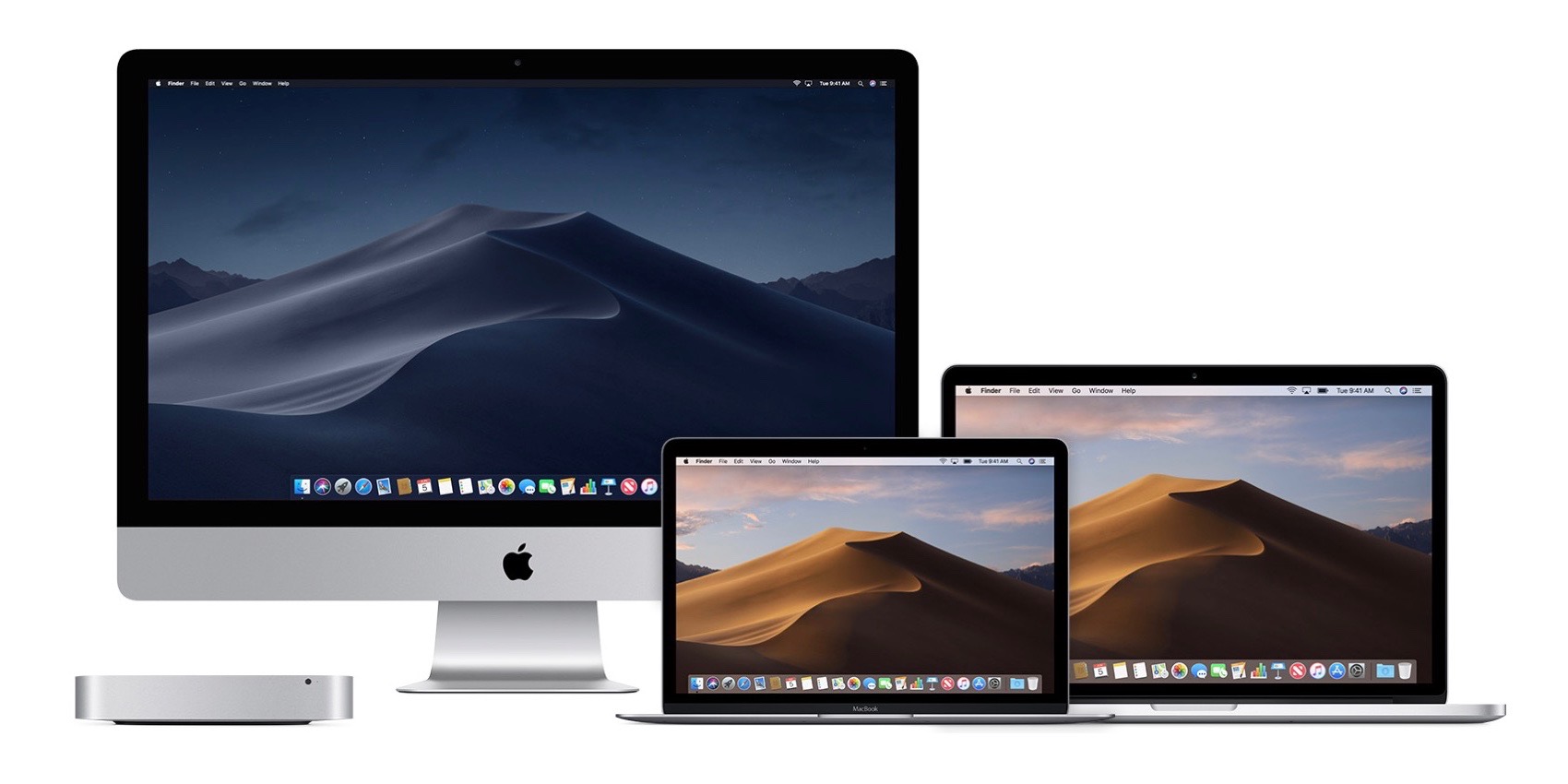

Installing a bootable copy of Mac OS 9 If you have a Mac that is capable of booting Mac OS 9 (any system that shipped before January 2003) and would like to do so, you may need to install the Mac OS 9 disk drivers.

In that case, you will need to perform an erase and install of Mac OS X 10.2.x then re-update to Mac OS X 10.4.x per Knowledge Base document #301468, or attempt copying the Mac OS 9 system folder as described above. If you have a standalone Mac OS 9 retail CD, you can try the same steps listed for the restoration disc, though you may run into issues depending on how new your Mac model is.Ĭaveat: Mac OS X 10.4.x upgraders Note that if your Mac originally shipped with Mac OS X 10.2.x or Mac OS X 10.3.x and you updated to Mac OS X 10.4.x (Tiger), you may run into issues restoring from original (Software Restore) media. Second, if you have a non-bootable Software Restore CD which includes Mac OS 9.2.2, you can simply insert the dic, open Software Restore, and select to restore only Mac OS 9. If not, you may need to re-bless the Mac OS 9 System Folder per this Knowledge Base article. You should now be able to start Classic from its pane in System Preferences.


The first thing to do is determine what type of Mac OS 9 installation disc you are using.įirst, if you have a bootable Mac OS 9 Software Restore CD, Apple recommends that you erase your hard drive and start with a clean install to perform the multi-disc restore as described in Knowledge Base article #60847. Doing so is a surprisingly daunting task, but there are several options for doing so. If you have a Mac capable of running Classic (i.e., not an Intel-based Mac) but either reformatted the drive and installed only Mac OS X, or acquired the machine with only Mac OS X installed, you may want to install the Classic (Mac OS 9) environment overtop the Mac OS X installation.


 0 kommentar(er)
0 kommentar(er)
